But Seriously, Folks by Joe Walsh
Buy But Seriously Folks Joe Walsh found his greatest solo success with But Seriously, Folks in 1978, although “solo” is used loosely here. The versatile rocker did have help from all four members […]
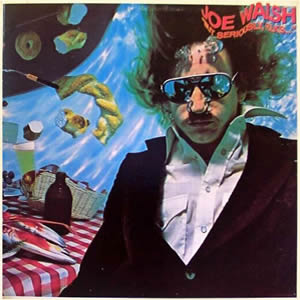
Buy But Seriously Folks Joe Walsh found his greatest solo success with But Seriously, Folks in 1978, although “solo” is used loosely here. The versatile rocker did have help from all four members […]
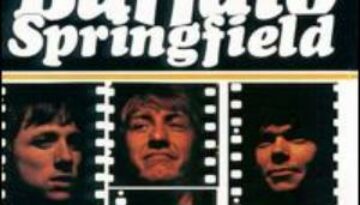
Buy Buffalo Springfield Buffalo Springfield was a very unique rock band. On the one hand, they were loaded with young talent who played together for a very short time in the late sixties […]
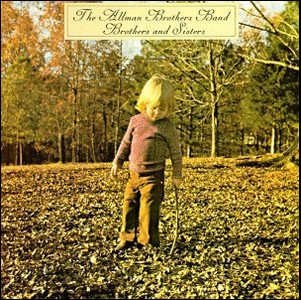
Buy Brothers and Sisters Brothers and Sisters was at once the career peak and the first step into the abyss for The Allman Brothers Band. It was released in the wake of dual […]
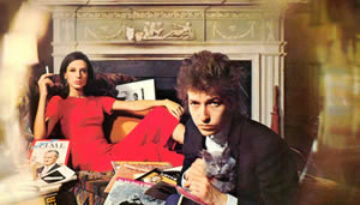
Buy Bringing It All Back Home Perhaps the most lyrically potent album ever, Bob Dylan delivered a masterpiece with his fifth overall album, Bringing It All Back Home, released 50 years ago today […]
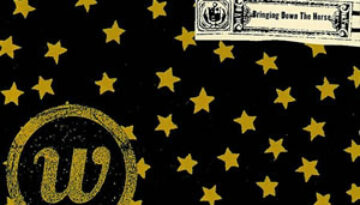
Buy Bringing Down the Horse The Wallflowers struck a fine chord with their second LP, Bringing Down the Horse. The songs on the album were all composed by front man Jakob Dylan and […]
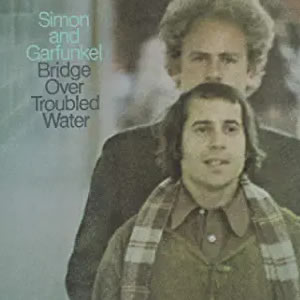
Buy Bridge Over Troubled Water Simon & Garfunkel saved their best for last with the early 1970 release of Bridge over Troubled Water, the fifth studio album by the New York based folk […]
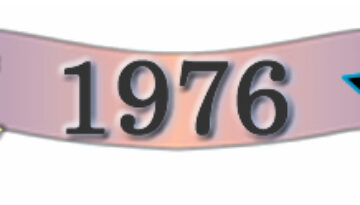
Buy Boston Although portrayed as a true “band”, Boston was really pretty much a solo project by engineer Tom Scholz. An M.I.T. graduate then working for Polaroid, Sholz built a home studio in […]
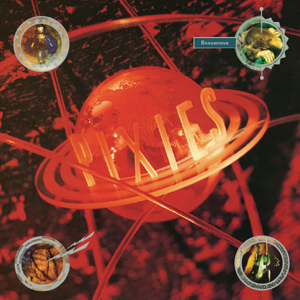
Buy Bossanova One who appreciates an album which flows in a seamless order from track to track will not be happy with Bosanova, a collection of short tracks that change radically from one […]
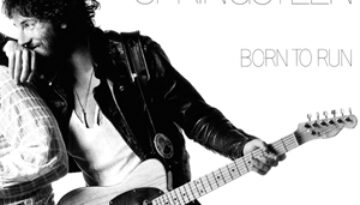
Buy Born to Run Bruce Springsteen has described the songs on Born To Run as different scenes happening on the same summer night somewhere in New Jersey and New York City. This third […]
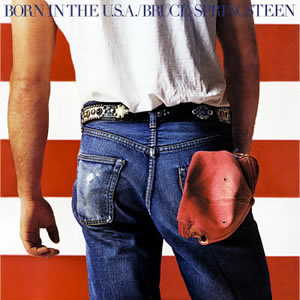
Buy Born In the U.S.A. Born in the USA marked the height of commercial success for Bruce Springsteen. It sold over 30 million copies worldwide and spawned seven Top 10 singles, a record […]